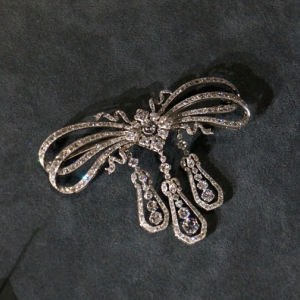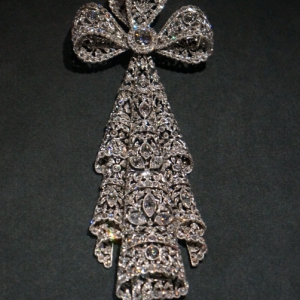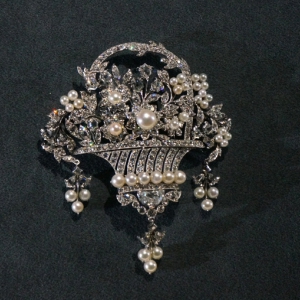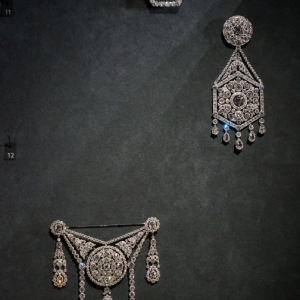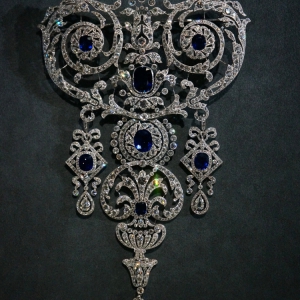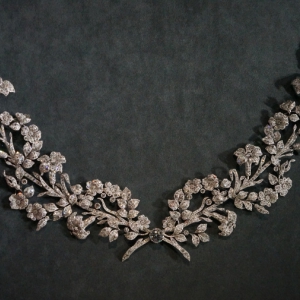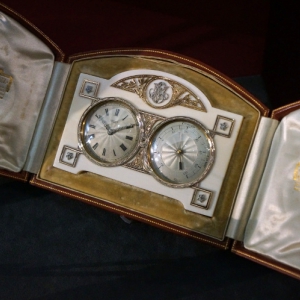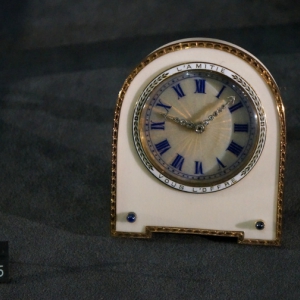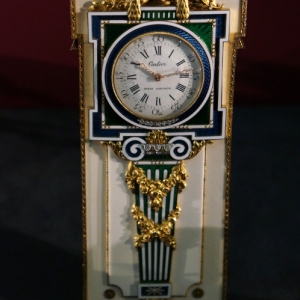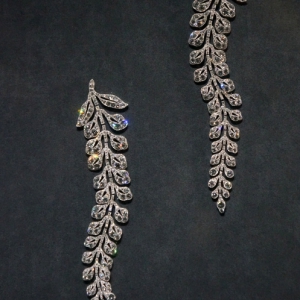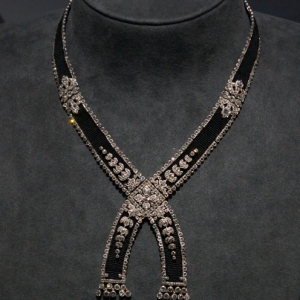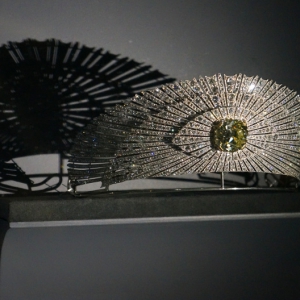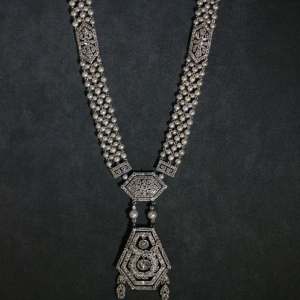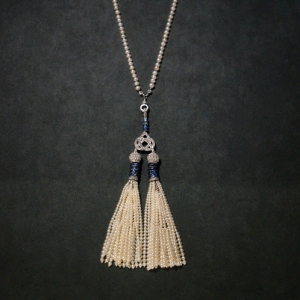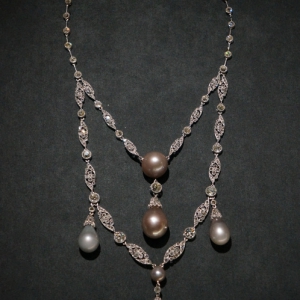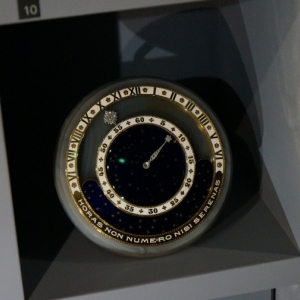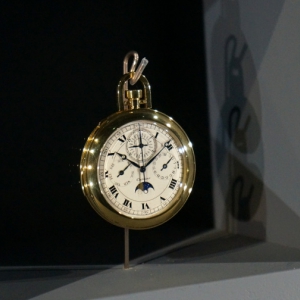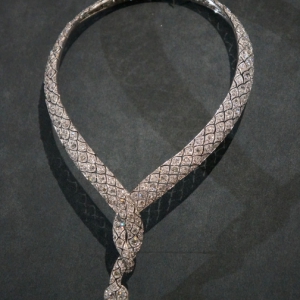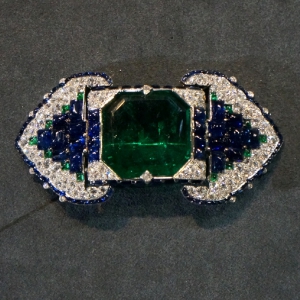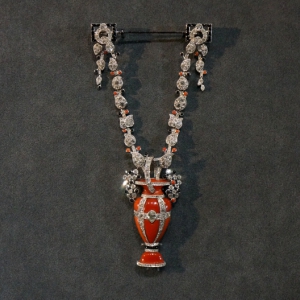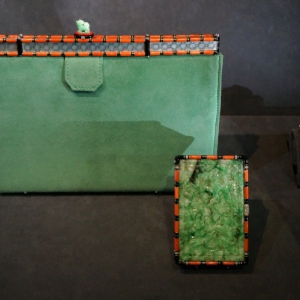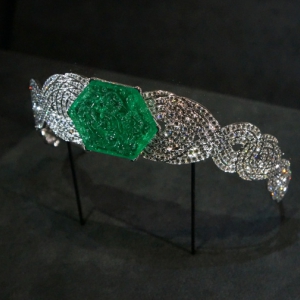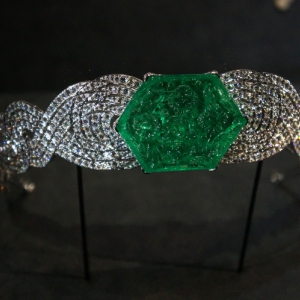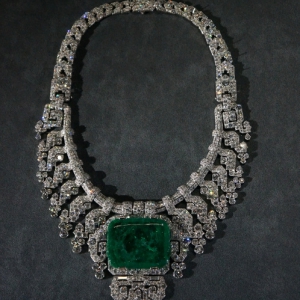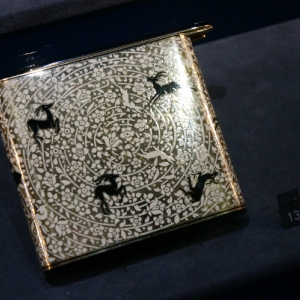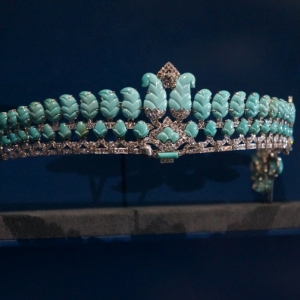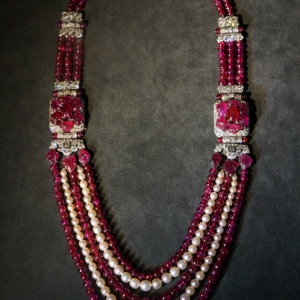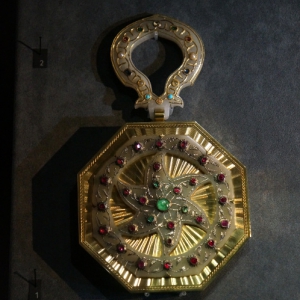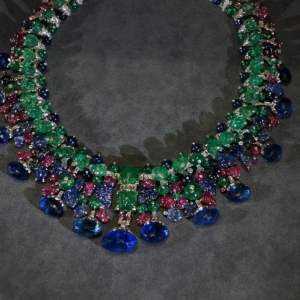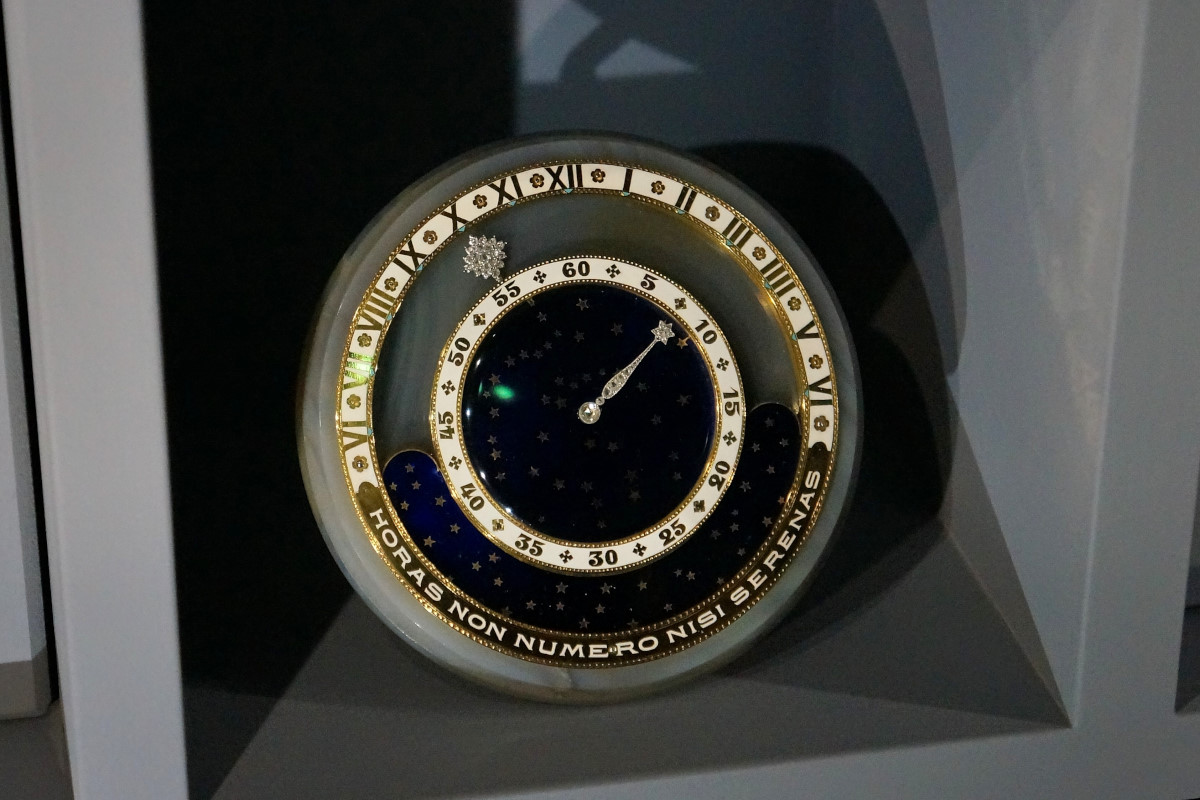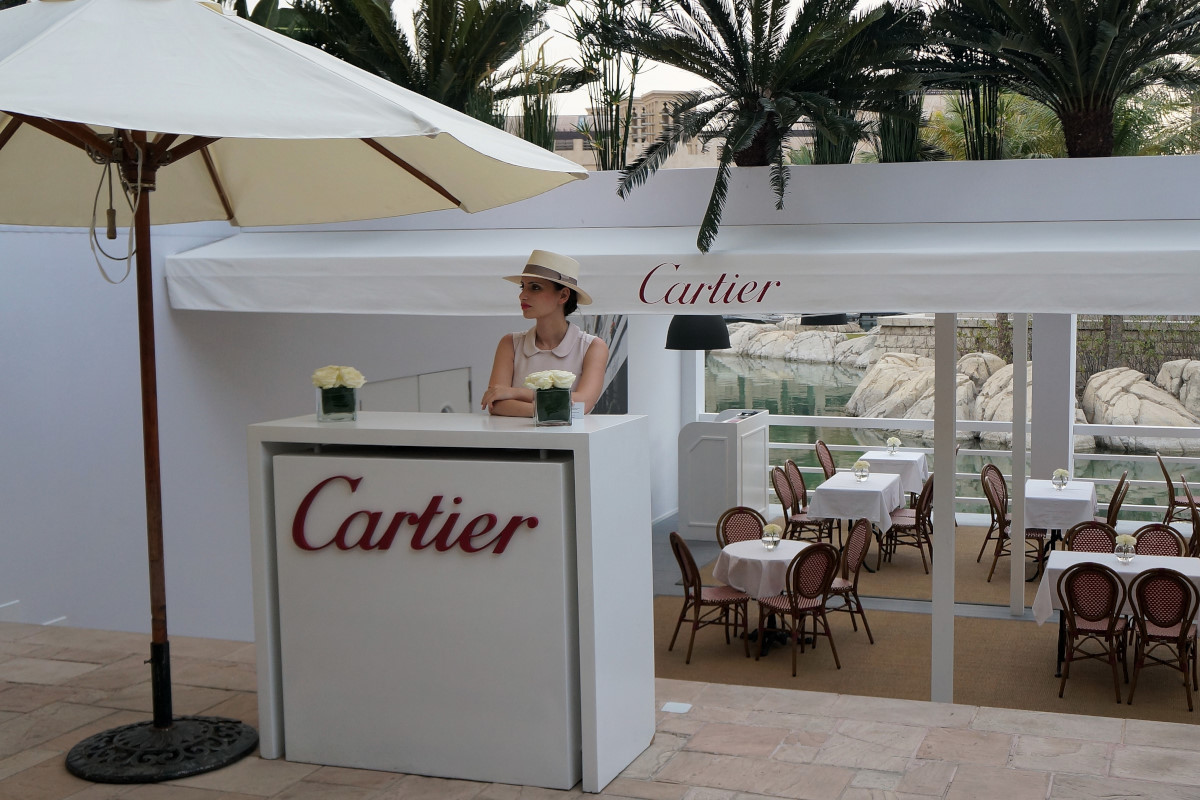Glancing East at the top of the Eiffel Tower one building on the banks of the River Seine stands out from the Paris skyline with its glass dome. Sprawled out neighbouring the Champs-Elysées, the 240m long and 45m high Grand Palais with its Neo-Baroque exterior and Art Nouveau interior was built for the Universal Expo of 1900. In 2011 the Réunion des Musées Nationaux and the Grand Palais fused and its abbreviated name ever since is Rmn-GP. The events and exhibitions held here annually attract over 2 million visitors from every corner of the globe.
Cartier showcases its art within the framework of an extremely rich exhibition embracing its entire history between 04.12.2013 – 14.02.2014.
The 165 year history of the brand is rather complex and interesting; Cartier has gifted many iconic pieces as well as pioneering shapes and techniques to jewellery-fans. Albeit many people primarily know Cartier’s luxury product status and not so much the rich art, inspired by various eras, which the House has represented since Louis Cartier. The exhibition is an excellent opportunity to gain insight into the „savoir faire” of the Masion via the pieces never before presented together.
The backbone of the collection is jewellery yet aesthetic everyday and decorative objects –which Cartier is famous for – are also nicely represented. Artistically decorated silver and gold cigarette cases, lighters with exquisite workmanship, enamel travel clocks, decorative boxes, and frames line up in the cabinets.
The exhibition in the restored Salon d’Honneur of the Grand Palais is rather grand, both in terms of the number of objects on show (~600 pieces) as well as due to the quality and presentation of the installations.
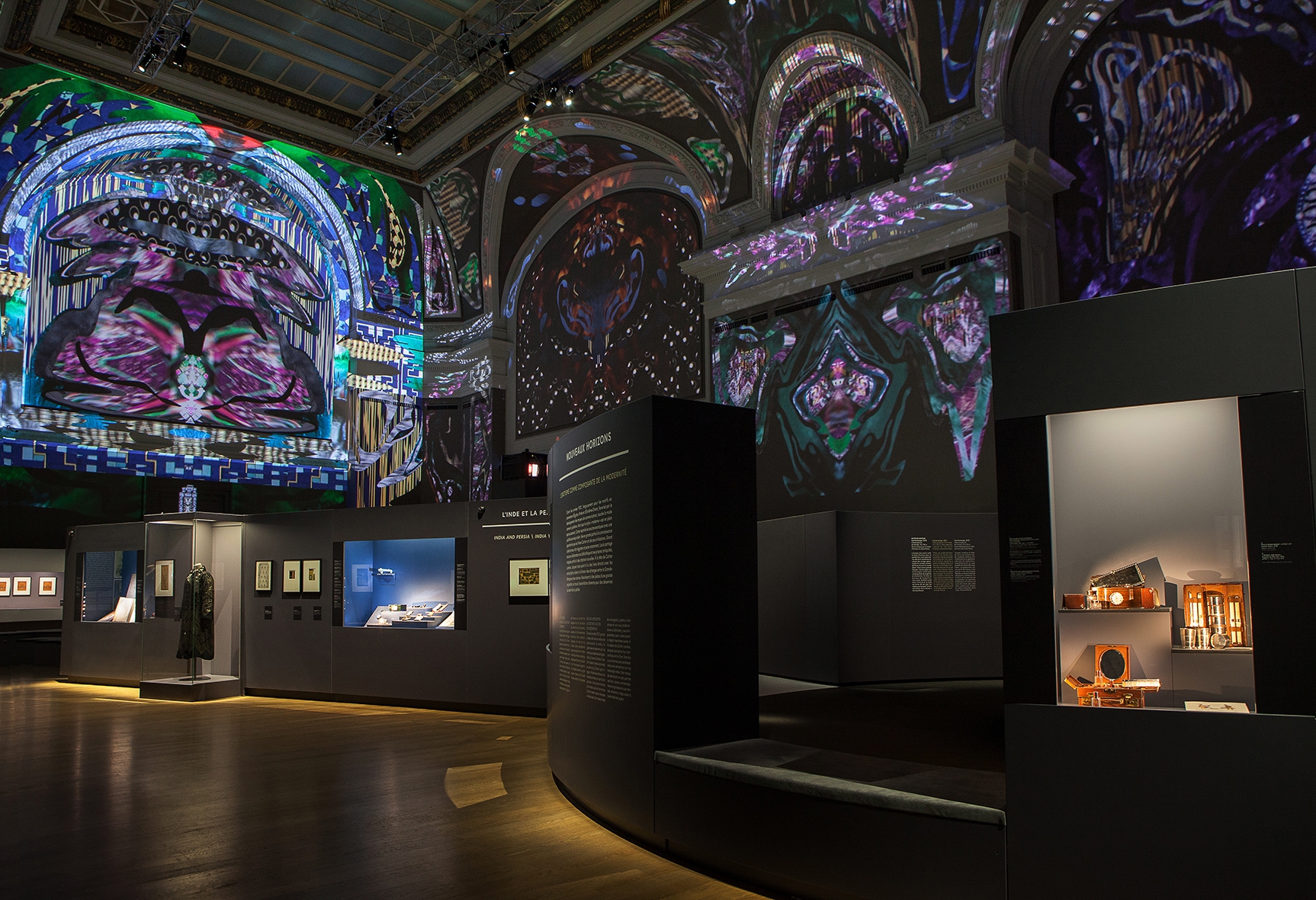
I will not attempt to give a comprehensive overview, I will merely highlight a few exciting details.
Various influences are evident in Cartier’s first pieces; one of the most significant is perhaps the style of Louis XVI and the neo-classicist traits. The neo classicism began in the 18th century during the Age of Enlightenment and continued in the 19th century. A key element of the style is that artists strived to return to the principles of form adhered to in Ancient Greek and Roman or Classicist art.
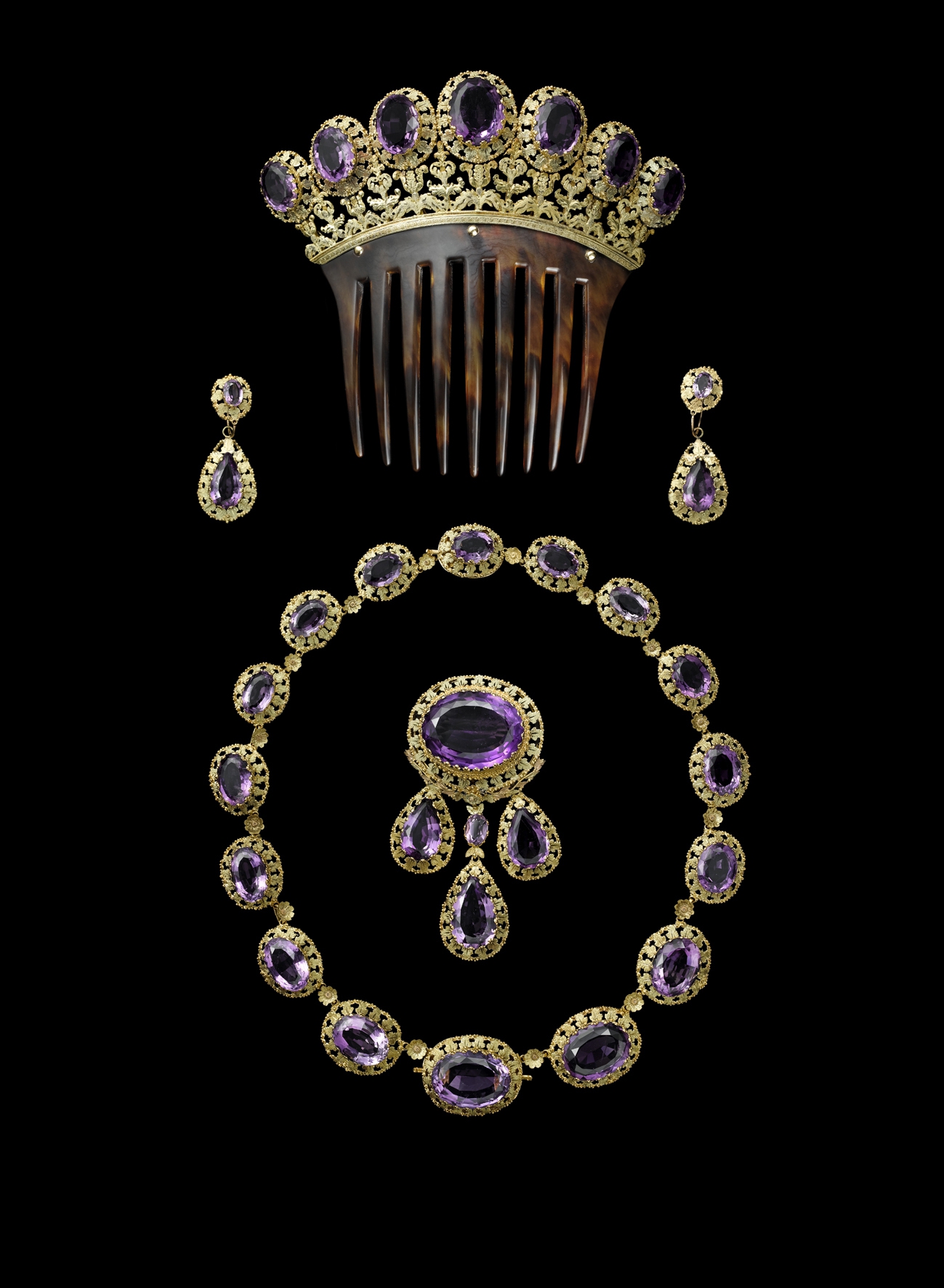
Albeit Art Nouveau and Secession were rather popular by the end of the 19th century, the billowy ornaments based on floral or geometric patterns did not inspire Cartier, on the contrary to the Art Deco style of the early 20th century. After World War I the movement grew in strength and the style notes included bright, unequivocal colours (or often the black and white colour combination), geometric shapes, rich embellishment and symmetry.
In its hey-day Art Deco influenced not only architecture and art, but embodied a new kind of luxury and wellbeing as well as technological and social progress. Cartier embraced the new style and created designs for the new female ideal, who was liberated from the constraints of corsets and wore more comfortable pieces, bracelets, headbands and sautoirs (long necklaces with a tassels or other ornaments).
The first wristwatch was created in 1904 when upon the request of the famous Brazilian pilot Alberto Santos Dumont, Louis Cartier designed a timepiece that could be used to tell the time during flight. From the 1910s the Maison began to manufacture smaller pocket and wristwatches in earnest, and have created a number of iconic timepieces ever since.
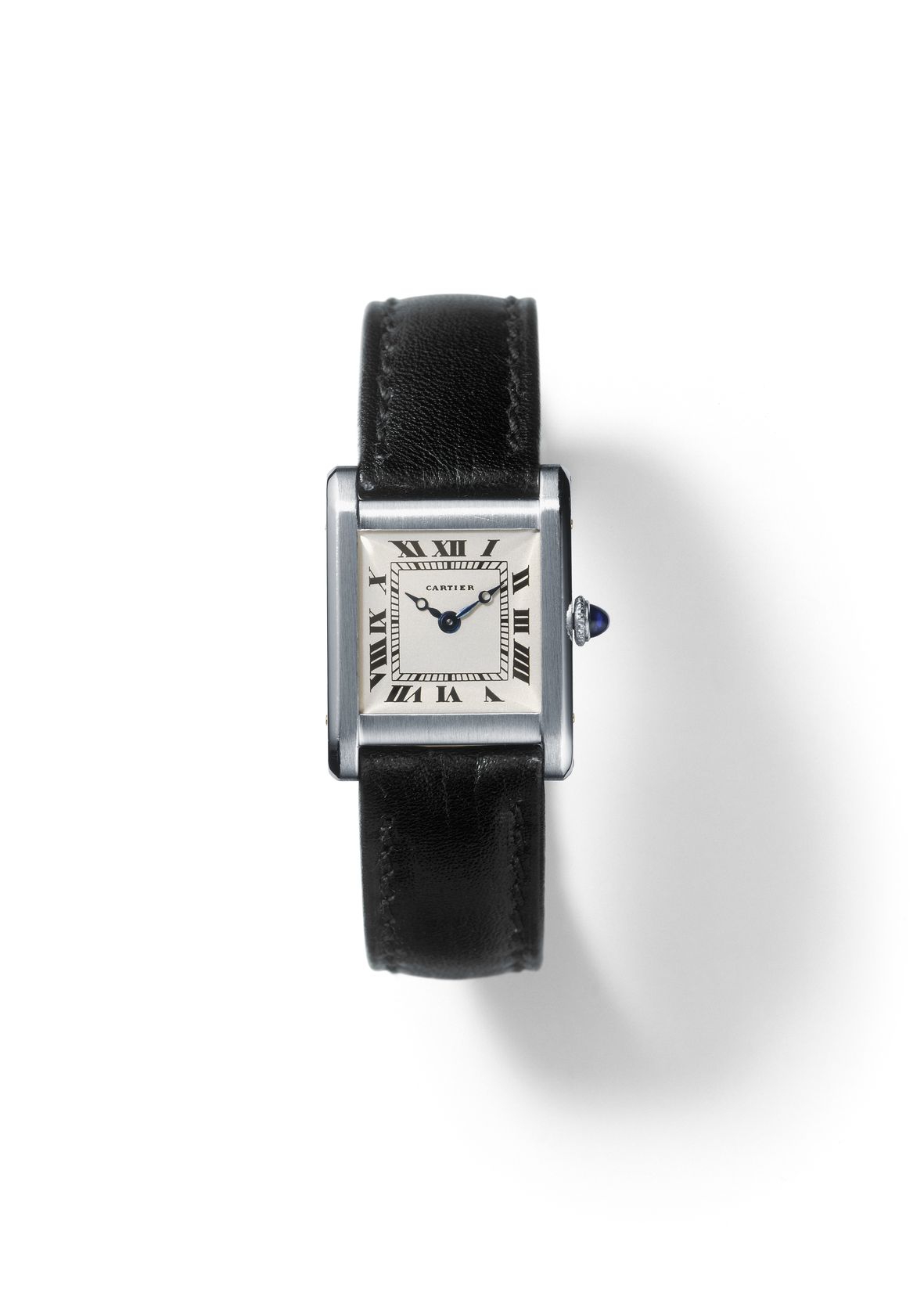
In the 1920s Louis Cartier used diamonds, onyx, crystal and enamel in the Art Deco jewellery, and semi-precious stones such as turquoise, agate and coral also appeared on the vibrantly colourful pieces. This period is extremely rich in objects, including accessories from evening bags and theatre binoculars to the famous vanity cases many pieces represent the modern Cartier style.
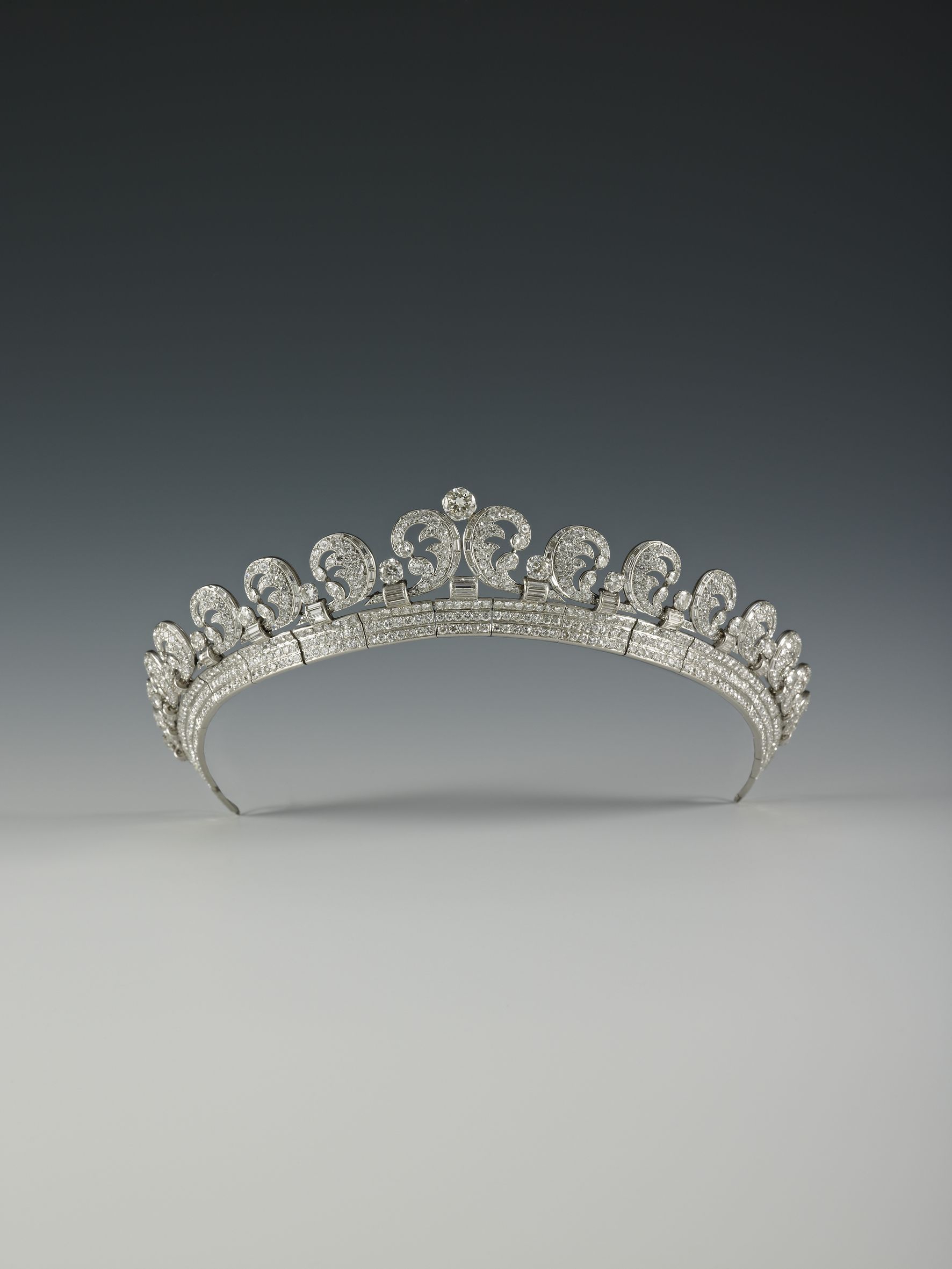
Under the management of Maurice Coüet, Cartier has produced mysterious clocks during the early decades of the 19th century, each being a masterpiece of engineering and arts. The article continues with Cartier mystery clocks.
Photo credits: Collection Cartier © Cartier, Loupiosity.com.
All registered trademarks are property of their respective owners.
All rights reserved.


